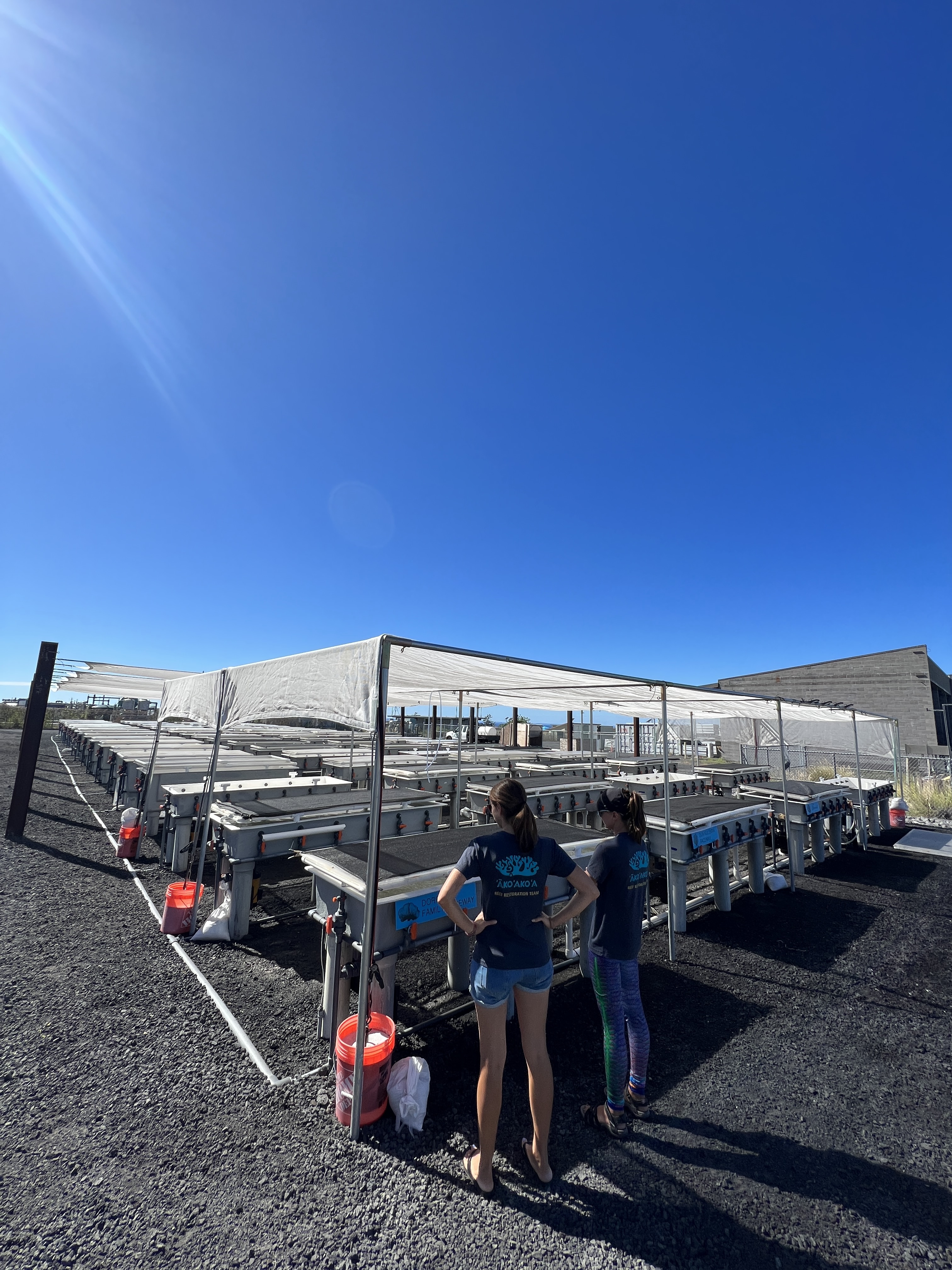Understanding the 3RC Facility
The 3RC was designed as a modular, expandable facility. Its primary function is to mass-propagate endemic Hawaiian coral species under ambient conditions, using seawater supplied by the Hawai‘i Ocean Science and Technology (HOST) Park, Kailua-Kona, HI. The HOST Park was established and funded by the State of Hawaii as a unique outdoor demonstration site for innovative renewable and ocean-based technologies. The 3RC occupies a 1-acre site within the NELHA Host Park (Fig. 1). The main structures consist of three 40-foot Intermodal Steel Building Units (ISBUs), commonly known as “shipping containers." Two ISBUs operate as independent Life Support Systems (LSSs), each equipped with the necessary equipment and controls to provide a continuous flow of processed seawater to 72 180-gallon coral propagation raceways. The third ISBU is designed and equipped to function as a wet lab, as well as research and office space.























